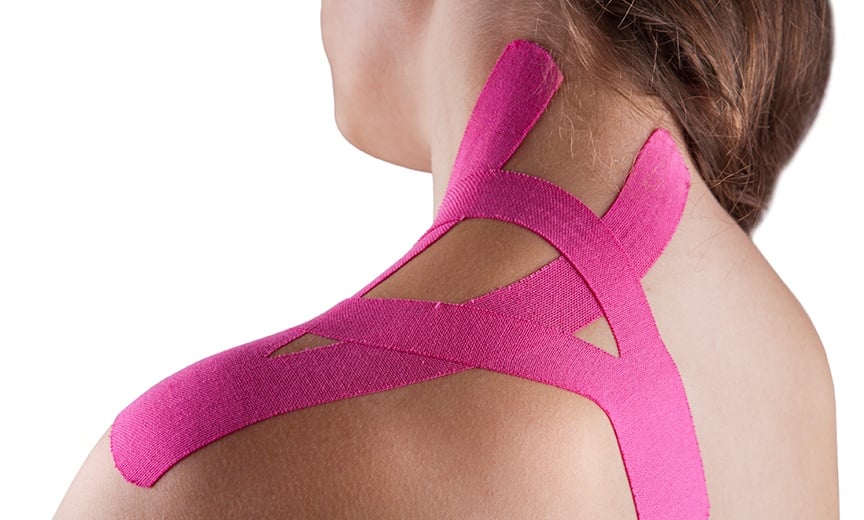Move Laser Forward as a Treatment for Brain Injuries
Stroke. Sports injuries. Anxiety. Car accidents. At first glance, these differing incidents have little in common.
However, recent studies have shown that brain and nervous system disorders resulting from these conditions and incidents could have a common treatment: low-level laser therapy.
LLLT is already widely used treat pain, but treatment of the brain and central nervous system is a new area where this modality has shown promising results. Research is quite positive about the benefits and lack of side effects related to LLLT, particularly since there are few other therapies available that offer beneficial effects.
Recent research out of Harvard offers documentation through animal studies that LLLT can actually stimulate regeneration of nervous system tissue and produce positive changes when going directly through the skull to treat the brain. This is just the latest of almost 100 studies over the past 10 years that continue to conclude that laser therapy does stimulate regeneration of nervous system tissue, including a promising human study—also at Harvard—that demonstrated LLLT’s effectiveness in reducing anxiety and depression when applied to the forehead to stimulate the prefrontal cortex.
Other recent research includes a review of neurological/psychological applications of laser, a controlled study on the cognitive/emotional effects in humans and a review of LLLT’s use in treating traumatic brain injury (here and here).
Because the technology is easy to use and already widely available, the potential applications of this treatment are huge. Consider the fact that strokes affect 795,000 people annually, 1.6 to 3.8 million sports-related concussive injuries occur annually in the U.S., 1 million whiplash injuries occur due to car accidents and 40 million people in the U.S. currently suffer from anxiety disorders.
In many cases, the current treatment simply involves waiting for the nervous system to heal itself. But for students who may be suffering academically due to a concussion and related brain injury, adults struggling to recover from the devastating effects of stroke or a car accident or the many people, young and old, with a poor quality of life due to constant anxiety and depression, waiting and watching is a poor prescription.
Currently, laser is only FDA approved for treatment of pain. But clinicians can help move laser forward for treating other conditions by getting involved in their own research and adding to the body of knowledge. This, after all, is how aspirin was approved for use in preventing stroke and heart attacks, through the medical community taking steps to use the common pain reliever to treat at-risk patients with their permission.
The analogy is quite clear. As the research continues to evolve, low-level laser treatment has the potential of becoming a common treatment, not only for pain but also to regenerate and heal central nervous system injuries safely and effectively.




.webp)


